© Silber Studios 2010, ALL RIGHTS RESERVED
In my workshops I cover the 4 stages of photography which you can see in the slide above.
These break down roughly into:
1. Visualizing, composing and framing your image.
2. Knowledge and skill of use of your camera, lighting and equipment.
3. Post production: Processing and printing.
4. Getting your work out there whether you “share it,” sell it or show it.
These 4 stages are actually a continuous spiral that interconnect: As you improve your visualization you then need to be able to know how to capture your vision with your equipment and lighting; in processing you get an idea for showing your work, which might lead you to a new visualization of an image, etc.
As you’ve probably gathered, my belief is that there’s far, far too much concentration on stage 2– equipment, being obsessed and geeked out with it! As Bambi Cantrell said, “cameras don’t take pictures, people do.” Or Chase Jarvis’ “the best camera is the one you have with you!” But having said that, it’s important to know your equipment, just don’t get so obsessed with it and think it’s the end all; remember it’s part of the ecosystem containing these 4 stages. (Yes, it looks like there other aspects of photography such as how you relate to and direct your subject or models, or the business end of photography, but even these slot into their stages above.)
Now your next step in teh Marc Silber Photography School is to evaluate yourself: How do you rate in each of these stages? Are you confident? so-so? or in the dark? — on each one, and their sub categories.
For example, you may be confident with your camera but in the dark about artificial light (excuse pun .)
Take a moment and rate yourself (yes, we’ll put up a more formal survey soon, but start now.) Rate yourself and let me know what you come up with. This helps to establish your goals, and gives a yardstick: as you progress you can red-do this exercise and chart your progress.
How do you score?

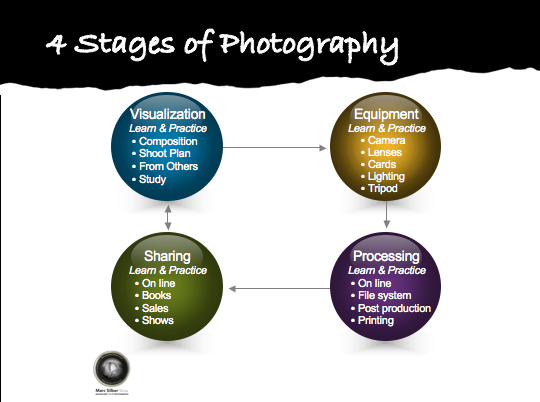
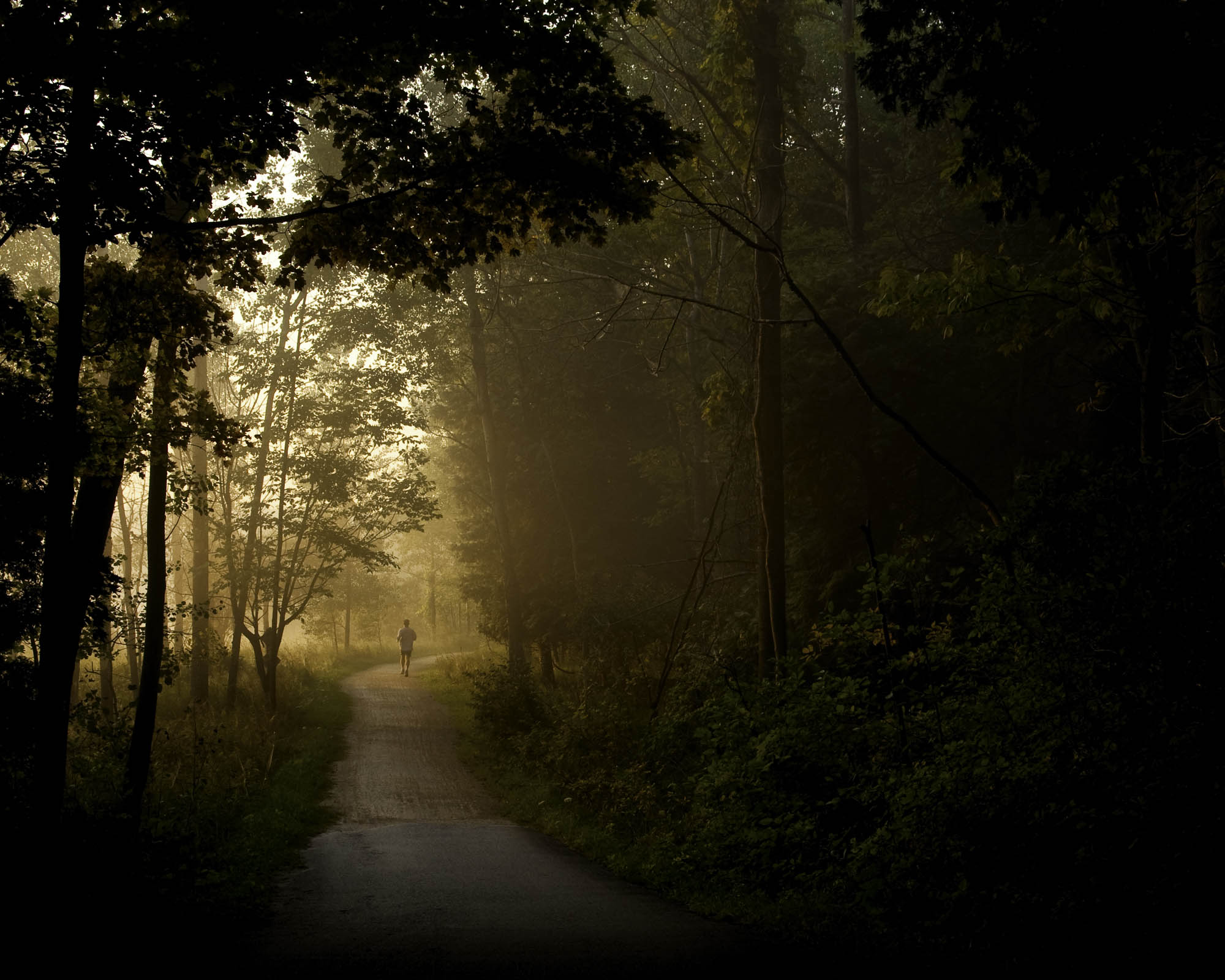
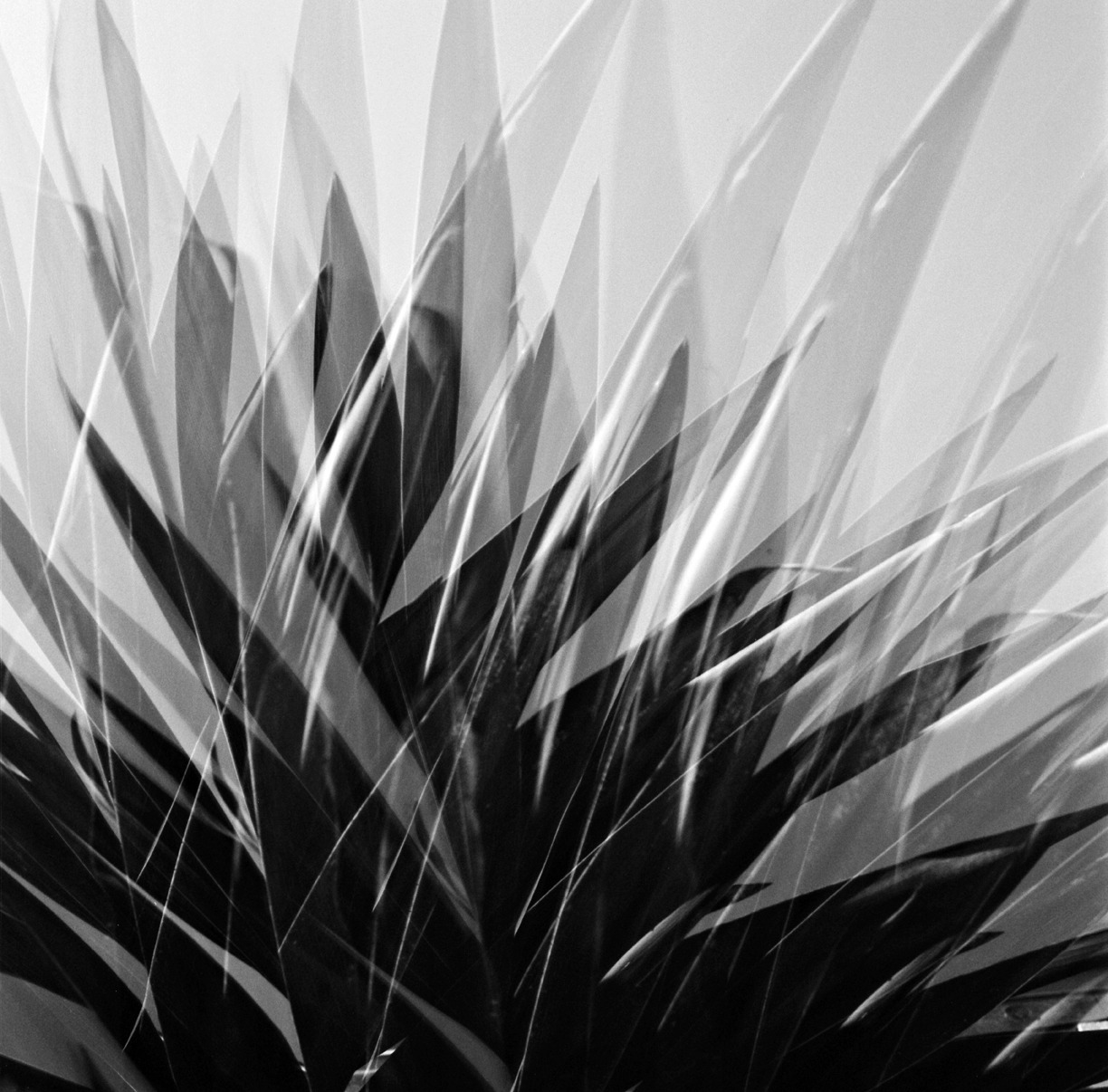
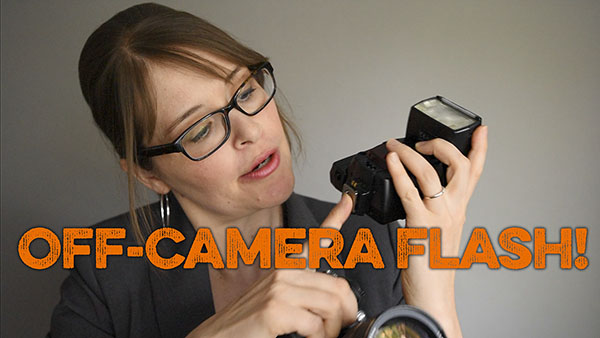
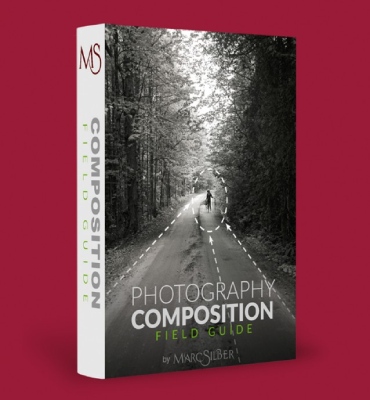
thanks , we can help you with that, plenty of great material in our videos. Since I wrote this post we have launched the AYP club and now have a space for critiques, can you put up your images there? https://www.silberstudios.com/groups/photo-critiques/
I’m good on 3 of the 4 step’s, not so much on the 4th one. My biggest problem I think is the visualizing, composing and framing of my images.
[…] invited you to rate yourself in each of the 4 “stages” (or better defined as divisions) of photography. This is a […]
Edwin, “ecosystem” has become a buzzword here in silicon valley for various systems fitting together. As is often the case, more serious and exact terminology gets picked up in the cuture and used loosely as this has 😉
Hi Mr. Silber. I wonder why you use the term “ecosystem” in the photography world. As a scientist, I find strange that you employ that term in an artistic sense, yet I am pretty sure there’s a good reason for you to do so, and I wish you could share it with me. Thanks in advance.
nice photo! it reminded me of one of the videos’ tips: keep the foreground in focus, always! i think it was talking about landscape photography but I think it’s applicable to other areas, too. I think this photo would have benefited from a focused foreground.
Hi Marc,
as indicated in my previous post, here is a photo I’d like your feedback on.
Thanks in advance.
Andreas
Andreas, very good on taking the time to evaluate yourself. We can help you advance on all points. I had a discussion yesterday with a friend who is the Chair of Photography for the San Francisco Art institute, where I attended many years ago. We talked about “how DO you teach photography?” I believe it boils down to continuous advancing in each of the 4 stages, and not getting stuck on one, hence ADVANCING your photography… stay tuned for more tools to help you do just that.
Hi Marc,
OK, I had to think about this for a while before posting something here. I though I’d score myself on a scale from 1-5, so here’s my assessment.
1. Visualizing, composing and framing your image.
I think I give myself a 2 as I feel I’ve got a long way to go. I don’t think I’m fully conscious of what I’m doing (though the frame helps) and I certainly have some trouble with visualising. My planning is probably quite poor and I have to work on my composition.
2. Knowledge and skill of use of your camera, lighting and equipment.
OK, this one I’m comfortable with 3. I understand my camera pretty well, though my preferred mode is Aperture Priority. However, I’m’ comfortable switching to Manual (or a different mode) if I’m not getting what I thought I would. I’ve got a basic tripod and the kit lenses, but I want to take some decent shot with those first before buying more gear (though I would like to play with an off camera flash unit).
3. Post production: Processing and printing.
Here I’m more comfortable and I’d probably give myself a 4. I’m generally happy with what I’m doing on the computer and the results I’m getting.
4. Getting your work out there whether you “share it,” sell it or show it.
OK, this one is probably a 2 again. But since I don’t really think that my images or of a high enough standard I don’t really want to go to this area too quickly. I’m sharing shots of the kids, but that’s mainly so the rest of the family can keep in touch (interstate or overseas). Certainly, down the track I’d like to do more of this.
So, that’s about it. Oh, and yes, I will upload another image (once I can get my wife to let me on the home computer where the photos are).
Thanks,
Andreas
good advice Jeff, I’m from the old school too where you had to go into the darkroom, and really consider what you were shooting…
I agree. A good photographer does partake in all four area, but it seems all I hear about these days is the equipment. When I switched over to digital two years ago, I set my camera on Manual, and that’s where it’s been ever since. I can do a better job with the Manual setting in all shooting conditions than the camera can do in its auto setting for night, portrait, etc. How? Years of shooting. I shot film for almost 33 years, and I believe that shooting film teaches things that no digital camera can. When shooting 36 slides can cost $20, you really learn how to make each shot a good one. You can do the same with digital though. Go to a location that you really like, but that’s at least an hours drive away. That way you have invested time and gas. Once there, only let yourself take 36-72 images, then leave. No deleting, no bracketing, just shoot your images and leave. Then go home before you look at them. If they don’t look like they need just a little tweak in Photoshop, then analyze why they didn’t come out like you wanted, figure out how to make the come out the way you wanted, then go back and shoot another 36-72 images. This will teach you exposure, composition and to take your time making an image. And you will learn more quickly than if you go someplace and bang out a couple hundred images.
Have Fun,
Jeff
I agree. A good photographer does partake in all four area, but it seems all I hear about these days is the equipment. When I switched over to digital two years ago, I set my camera on Manual, and that’s where it’s been ever since. I can do a better job with the Manual setting in all shooting conditions than the camera can do in its auto setting for night, portrait, etc. How? Years of shooting. I shot film for almost 33 years, and I believe that shooting film teaches things that no digital camera can. When shooting 36 slides can cost $20, you really learn how to make each shot a good one. You can do the same with digital though. Go to a location that you really like, but that’s at least an hours drive away. That way you have invested time and gas. Once there, only let yourself take 36-72 images, then leave. No deleting, no bracketing, just shoot your images and leave. Then go home before you look at them. If they don’t look like they need just a little tweak in Photoshop, then analyze why they didn’t come out like you wanted, figure out how to make the come out the way you wanted, then go back and shoot another 36-72 images. This will teach you exposure, composition and to take your time making an image. And you will learn more quickly than if you go someplace and bang out a couple hundred images.
Have Fun,
Jeff